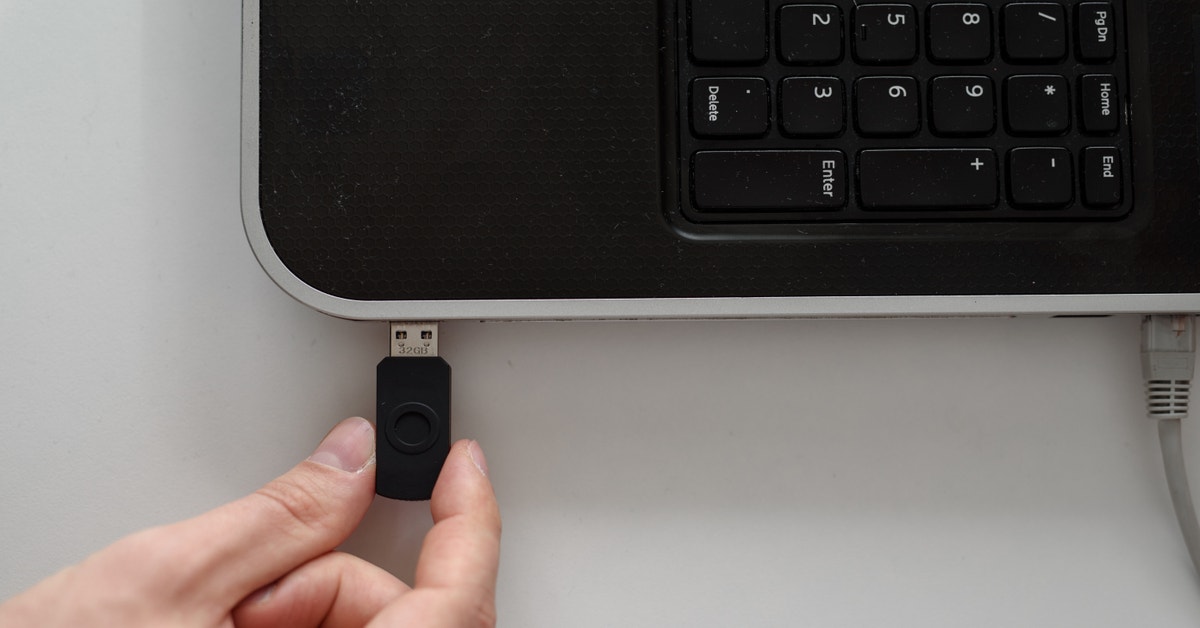



So, for best results, grab a new USB 3.0 flash drive, or else one that’s seen only light to moderate use. The performance of a flash drive tends to decrease over time since this storage technology can only handle a limited number of write and read operations. Otherwise, file speeds will be limited to USB 2.0 speeds.Īnother thing to consider is how much the flash drive has been used. But remember that to enjoy the better performance of USB 3.0, the computer into which you plug your drive needs to have a compatible USB 3.0 port. For optimal performance, however, it’s best to use a USB 3.0 drive, which provides faster file transfer speeds. You can install Windows on any USB 2.0 flash drive with at least 16GB of storage space. If Windows crashes and then stops booting, it can help you access your files and perhaps even troubleshoot the problem.Ĭreating a portable Windows installation is pretty easy, provided you have a USB drive to spare. You can use it to run any recent version of Windows on any computer regardless of its existing operating system or, in other words, create your own portable version of Windows that you can take with you anywhere.Ī portable Windows installation is also useful if you want to rescue your computer. Thinking about packing up Windows on a USB drive? It could prove useful. Right-click the drive and select the Change Drive Letter and Path option.Creating a Portable Windows Installation on a USB Drive.Search for Create and format hard disks partitions and click the top result to open Disk Management.To unmount a drive with Disk Management, use these steps: If you want to unmount a drive, you can also use the same Disk Management, mountvol, and DiskPart tools. If you want to make the drive mountable again, you will need to revert the changes (see above steps). Also, the system will no longer try to mount it automatically. When you unmount a drive manually, you will remove the mount point making the storage inaccessible. Type the following command to mount the drive on Windows 10 and press Enter: assign letter DRIVE-LETTERIn the command, replace DRIVE-LETTER with the letter you want to mount and access the storage.For example, this command mounts the drive and assigns the e drive letter: assign letter e.Source: Windows Central (Image credit: Source: Windows Central)


 0 kommentar(er)
0 kommentar(er)
